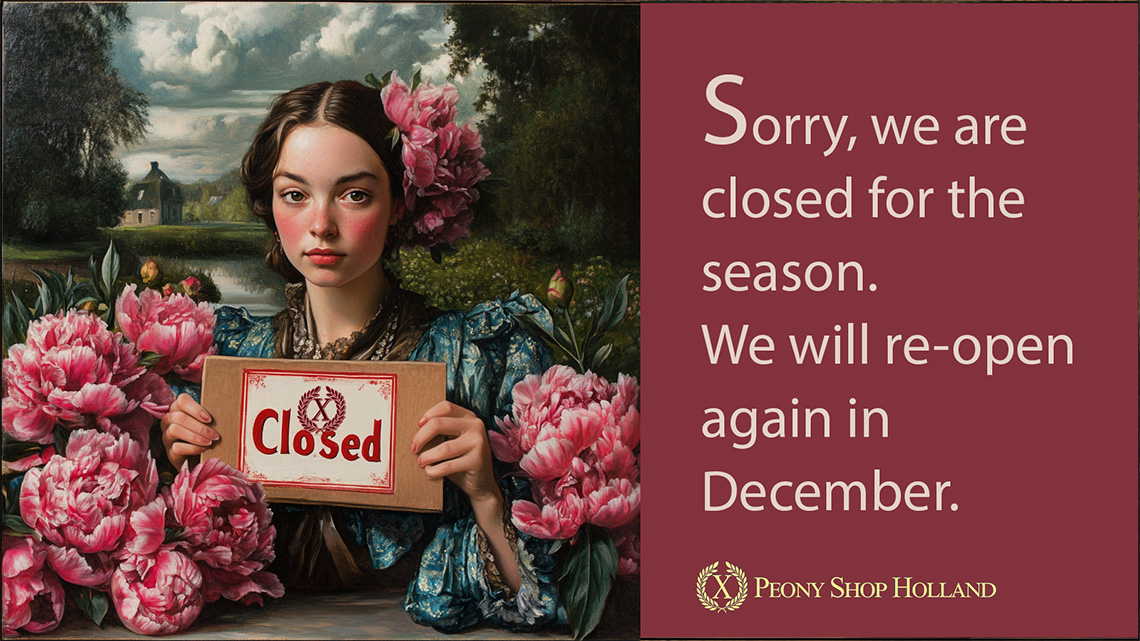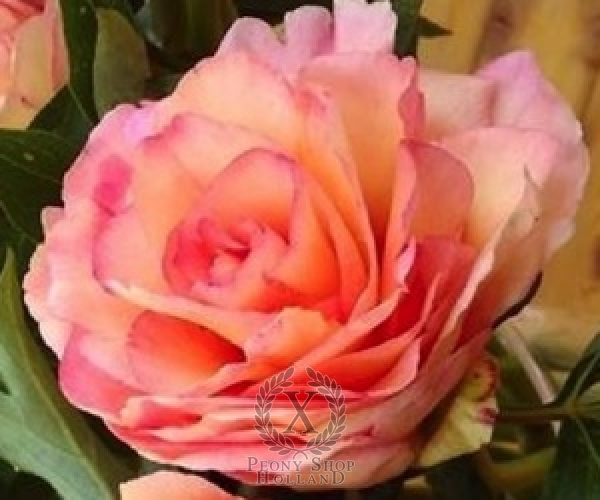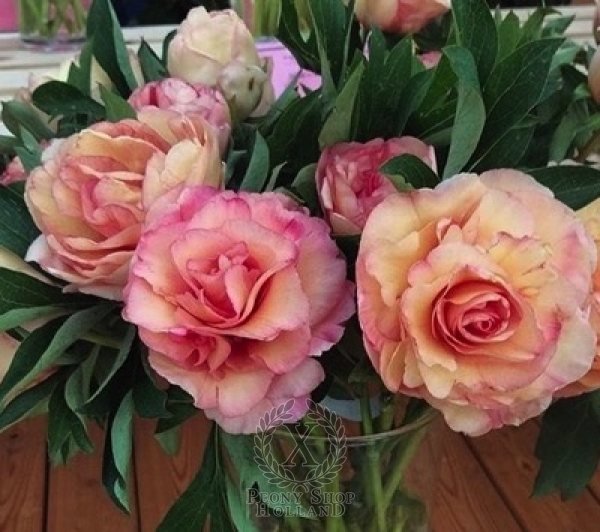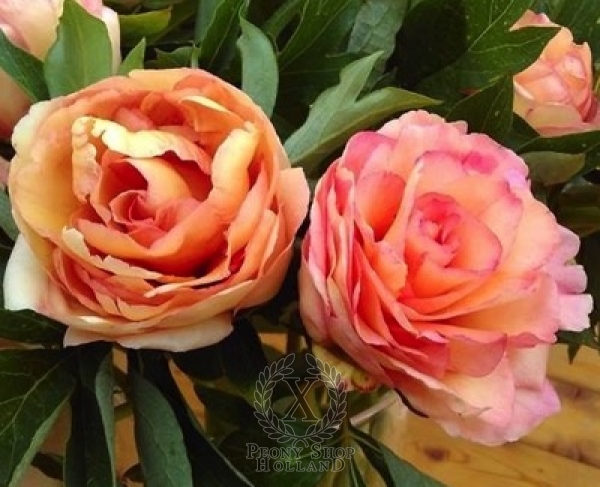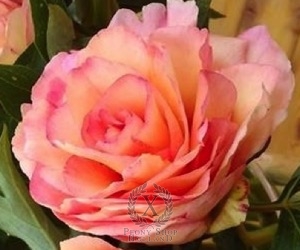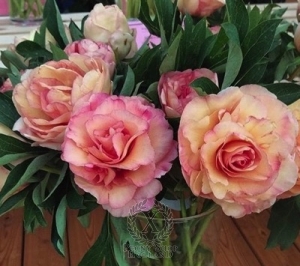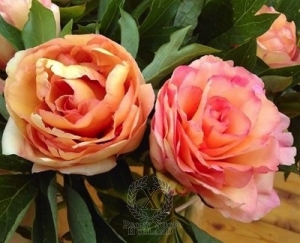Peony Canary Brilliants
| Size | Weight |
|---|---|
| 3/5 eye | 300 gram |
Peony Canary Brilliants is a Paeonia Intersectional or Itoh Hybrid. Intersectional hybrid Peonies, also known as Itoh hybrids, named in honor of Toichi Itoh, the originator of these unique hybrid peonies. They are representative of the progeny of crossing or hybridizing the two main groups or selections of peonies; the herbaceous hybrids which die down sub surface buds during their dormant season and the tree or woody shrub peonies which retain a year round woody branch structure above ground level. During their dormant season, the Itoh or Intersectional hybrids retain only extremely short (1"-2") woody stems above ground level. Ornamentally, they achieve the best of both parental worlds with the handsome flowers and foliage of the woody tree peonies displayed on an herbaceous plant, with annual new growth originating from buds below ground level. Strong healthy plants form attractive dense, neat rounded bushes which are shorter in stature than most tree peonies. Flowers are displayed above the handsome foliage that remains greener longer than their herbaceous parents. Intersectional hybrids are somewhat hardier than tree peonies and more tolerant of heat and humidity which extends their ornamental potential in both the North and south.
About peony farm "Peonyshop.com" Scholten-Keeman
Peony Growers Peonyshop.com right now primarily concentrates at developing exclusive, outstanding leading quality peonies. This particular focus hasn't been always the scenario. The corporation has got an outstanding back ground starting up in the year 1875 along with Simon Scholten that also had been growing fresh vegetables for her income.
In 2001 the firm designed their distinctive modern promotion-label & brand "Peonyshop.com" and as a result they began concentrating on expanding exclusive peonies. In the year 2002 the particular company launched their own on-line peonyshop with Peonies & Buxus. Within 2003 Joshua Scholten started off on with multiplying peonies. After that in year 2004 the particular business began to export peonies out of the Netherlands throughout Europe, Usa plus Asian countries.
Nowadays our own peony nursery is specialized in increasing and multiplying special, high quality peony roots that happen to be bought and released across the world. In addition we additionally cut peonies primarily helping the Dutch peony flower industry.
The most important things we pride:- The excellent quality of our product
- Our potential to foreign trade worldwide
- Our new substantial collection peonies like Canary Brilliants
- Our crame of high potential seedling peonies
Growing Canary Brilliants peonies
The fall is really the best period for seeding a peony plant. All peony plants are actually extremely long-term-lived plants staying alive close to 50 to seventy yrs, so right after you get the peonies selected and planted in the right way, you will certainly get pleasure from them for years and years. Peonies have a preference for some sort of sun-drenched area together with a well-drained ground. A good air circulation presented around the the peony plant is also crucial. These types of surroundings support this type of plants to avoid sickness issues. To organize a planting hole meant for a bareroot peony, dig the ground to a level of 12-18". Make use of a garden fork to release the sides of the particular growing hole at the same time. It is very critical that the "eye", or growth nodes, situated close to the bottom of the old stem, end up no greater than 2 inches below the soil surface area.
